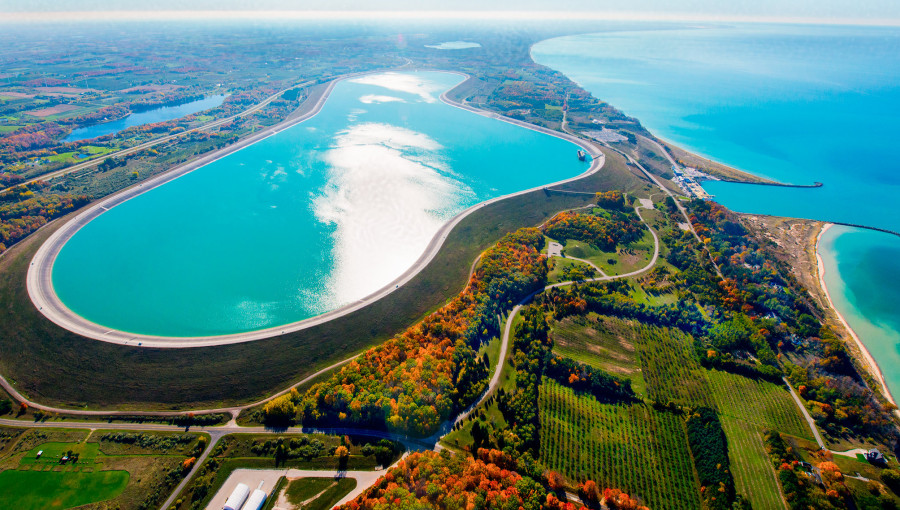As the Pacific Northwest seeks to transition to 100% renewable energy, reliance on wind and solar energy raises concerns about variable electricity supply. To ensure a stable, carbon-free energy grid, significant energy storage solutions are needed, with estimates suggesting the region requires up to 10,000 megawatts of backup reserves. One promising solution is pumped storage hydro, which uses excess energy to lift water and can generate electricity on demand. The proposed Goldendale Energy Storage Project in Oregon aims to contribute 1,200 megawatts, potentially marking a revival of this century-old technology in the US energy landscape.
The Goldendale Energy Storage Project, located in the Columbia River Gorge, exemplifies the potential of pumped storage hydro to address the energy storage deficit in regions increasingly dependent on renewables. This facility, if it receives the necessary permits, could supply significant power for extended periods, contrasting sharply with lithium-ion batteries, which typically provide short-duration storage. Currently, pumped storage hydro accounts for 95 percent of the United States’ energy storage capacity.
The history of pumped storage hydro in the US dates back to the early 20th century, with systems primarily established to support coal and nuclear plants. Recent data from the Department of Energy indicates that pent-up demand for such projects could see capacity more than double by 2050. The recent surge in permits for new pumped storage projects signals a shift in the energy sector’s perception of long-duration storage solutions.
As development progresses, pumped storage hydro technology has also evolved. While traditional systems often divert water from natural sources, newer closed-loop designs minimize environmental impacts, offering flexibility in site selection. Furthermore, innovative technologies are being explored to enhance the viability of pumped storage, including systems that utilize underground water pressure to generate power, making it suitable for varied geographic locations.
Despite advancements, the US still lags behind other countries, especially China, which is rapidly increasing its pumped hydro capacity. The challenges of financing and potential environmental controversies complicate new developments in the US. Notably, proposed projects like Goldendale have faced opposition due to concerns about the ecological impact on local habitats. Moreover, the competitive landscape for energy storage is influenced by the decreasing costs of lithium-ion batteries, which provide short-term rather than long-term solutions.
Experts argue that to maintain a reliable energy grid amid rising renewable integration, investments in long-duration storage, such as pumped hydro, are essential. If this technology is overlooked now, the infrastructure may not be ready to support energy needs during critical periods of low renewable generation. Hence, a strategic approach is necessary to ensure pumped storage hydro contributes to the future energy landscape amid evolving demands and technological advancements. By addressing current obstacles and continuing innovation, pumped storage hydro may play a vital role in meeting the energy storage needs of tomorrow.
https://www.popsci.com/environment/pumped-hydro-storage-renewable-energy-goals/

